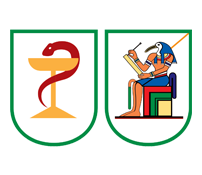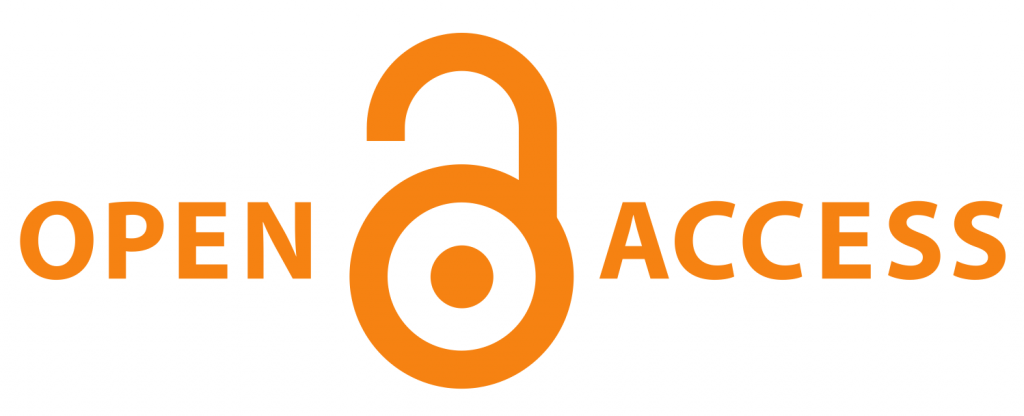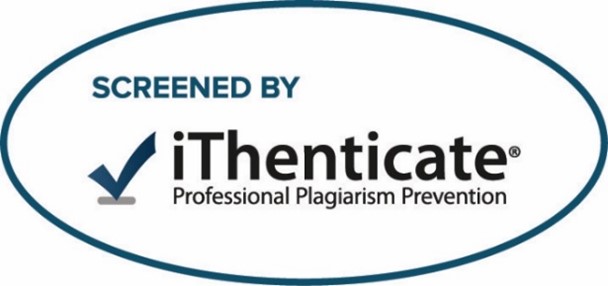Abstract
Background: Snake venom (SV), bee venom (BV) and their bioactive components are unique sources for cancer therapy development. The present study evaluated the anticancer potential of SV, BV and their major components (SV phospholipase A2 (svPLA2), melittin (MEL) and BV phospholipase A2 (bvPLA2)) against human prostate adenocarcinoma (PC3). Materials and methods: Cytotoxicity was conducted using MTT biochemical assay. Genotoxicity was performed using real tine PCR for detection of pro-apoptotic and anti-apoptotic genes as well as the biomarker genes for prostate cancer. Cell arrest accumulation was highlighted using flowcytometry. Results: MTT assay showed that treatment with SV and BV and their major components resulted in cellular morphological changes and significant cytotoxic effects in PC3. Furthermore, our results indicate that the svPLA2 gives much lower cytotoxic effect than the crude SV in PC3 cells in the highest tested concentration of 100 μg/ml. On the other hand, the major components of BV (bvPLA2 and MEL) showed more potent efficacy on PC3 cells than the crude BV. Interestingly, we showed that SV, svPLA2, BV, bvPLA2 and MEL suppressed the mRNA expression of the anti-apoptotic protein Bcl2, while increased the mRNA expression of the pro-apoptotic protein Bax. Moreover, they decreased the overexpressed prostate tumor marker genes. The cell cycle analysis showed that SV and svPLA2 arrested the cell cycle at G0/G1 phase, while BV, bvPLA2 and MEL arrested cell cycle at G2/M phase. Conclusion: Our work demonstrated that SV, BV and their major components inhibit prostate cancer possibly via triggering apoptosis and cell cycle arrest.
Recommended Citation
Elrefay, Mona; Elfiky, Abir; Sayed, Rabab; and Zaki, Hala F.
(2019)
"Snake venom, bee venom and their components exert an anti-cancer effect by triggering apoptosis and cell cycle arrest in prostate cancer,"
Bulletin of Faculty of Pharmacy Cairo University: Vol. 57
:
Iss.
2
, Article 5.
Available at: https://doi.org/10.21608/bfpc.2019.101875
Creative Commons License

This work is licensed under a Creative Commons Attribution-NonCommercial-No Derivative Works 4.0 International License.










Follow us: